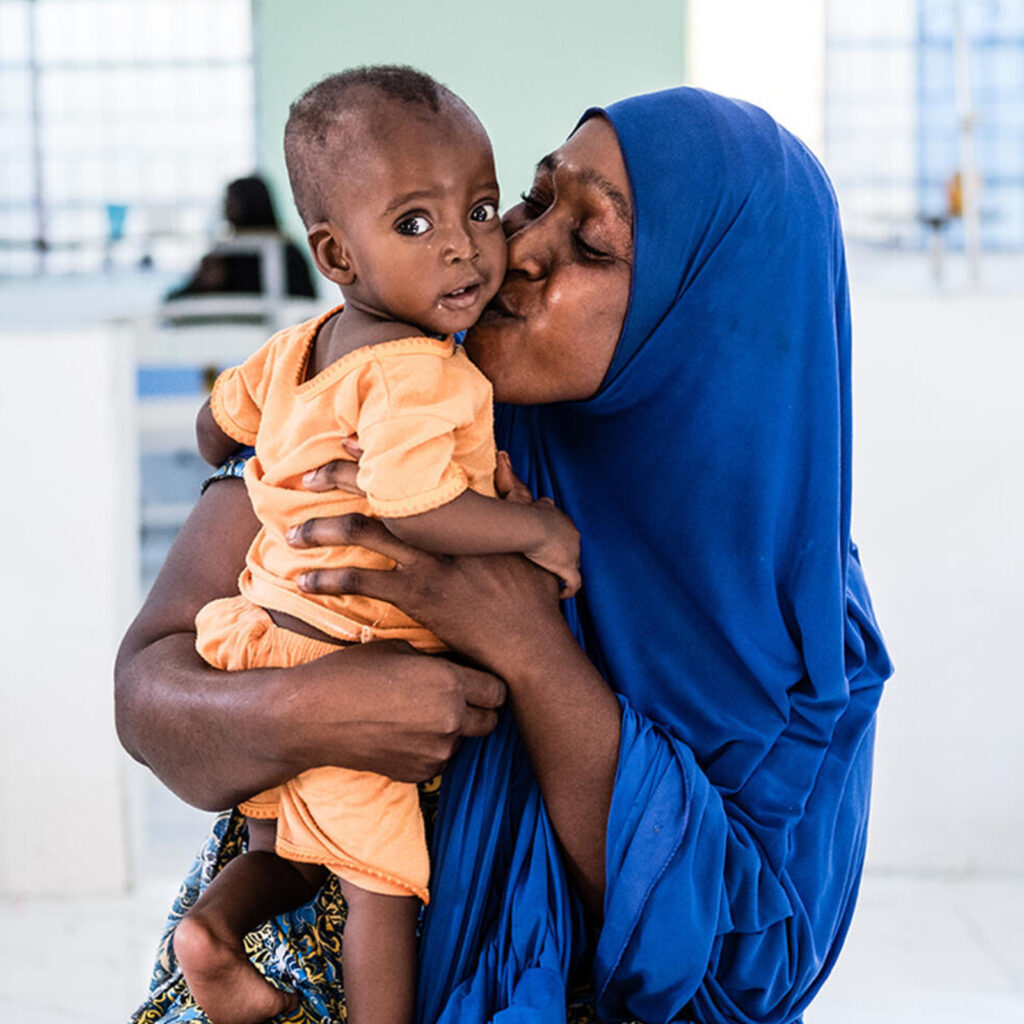Maternity Ward Modelling
Scope is developing a future-forward, scalable, and replicable model for MSI Reproductive Choices that reimagines the design of maternity wards in Ethiopia and beyond. The project supports MSI in improving existing maternal health services and facilities while envisioning a new model for the future. The new service model combines organisational, service, and spatial design with business strategy, providing a perinatal experience that meets the pregnant women’s aspirations and expands the customer base of MSI’s maternity services.
The new patient-centred maternity ward model focuses on middle and upper-middle-class clients, whose shifted aspirations and expectations can help push the needle on higher quality and customer-centricity in maternity care. This is an important target group to engage with as research on women’s experience of maternity care in low and middle-income countries has rarely focused on this paying client segment.
Scope is co-designing the model with existing and potential service users, service providers, and experts to gather valuable insights. This approach ensures the model represents all users, contributes to the development of a shared vision, and identifies emergent trends. The new work builds upon existing data and MSI expertise as well as our previous experience with maternal and newborn service and innovative maternity ward design.
Project approach
Scope’s highly participatory and user-centric discovery and innovation approach is well-suited to identify critical insights and co-design service solutions through three phases:
Phase 1: Conducting desk research and expert discussions on the maternal and newborn health market and trends in Ethiopia. The insights and findings from research activities help identify gaps in knowledge, develop the initial value proposition, and guide scenario-building that shapes the vision for the future maternity model.
Phase 2: Conducting rapid discovery with target user and service-provider groups to fill identified gaps and map opportunities for improving maternal health services. We are also validating and iterating the initial value proposition and researching the target market to develop a sustainable business model, which guides the design of the service model.
Phase 3: Launching a design sprint to develop, iterate, and test actionable spatial, organisational, and business prototypes as well as the service concept for the new maternity ward, bringing together the work carried out in the previous phases.
Throughout the process, participants provide feedback on the emerging insights, proposed interventions, and design concepts to ensure the acceptance, relevance, and context-specificity of the proposed model. Moreover, MSI staff involvement builds organisational learning, enhances participatory and innovation skills, and embeds design thinking principles in the MSI teams.
Expected outcomes
The tested and refined service concept as well as spatial and product prototypes offer a clear direction and framework for the rollout of the future-forward maternity ward model. They provide the foundation for subsequent stages in the innovation process towards a scalable and replicable model as part of MSI’s strategy to expand from 19 to 50 maternity centres by 2030.
Back to our work